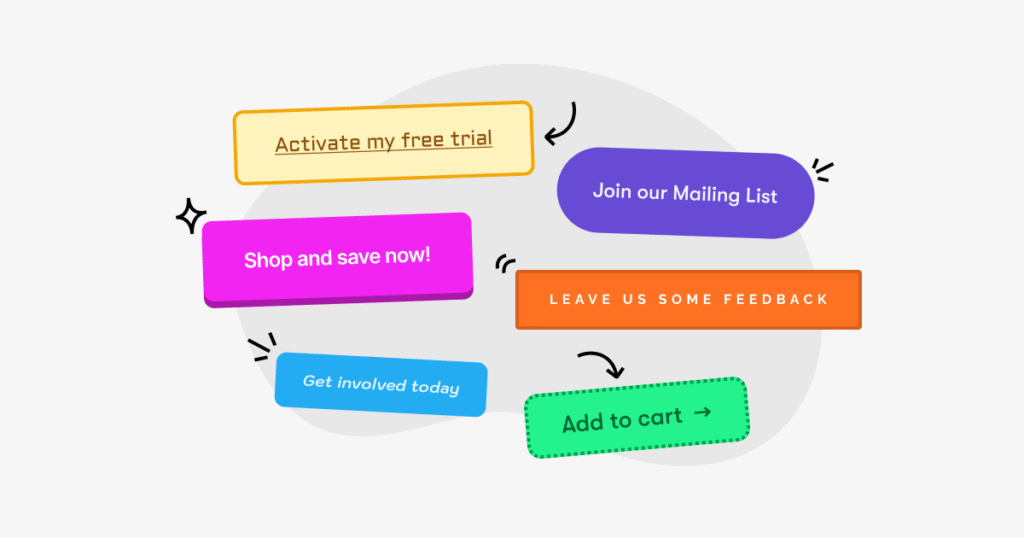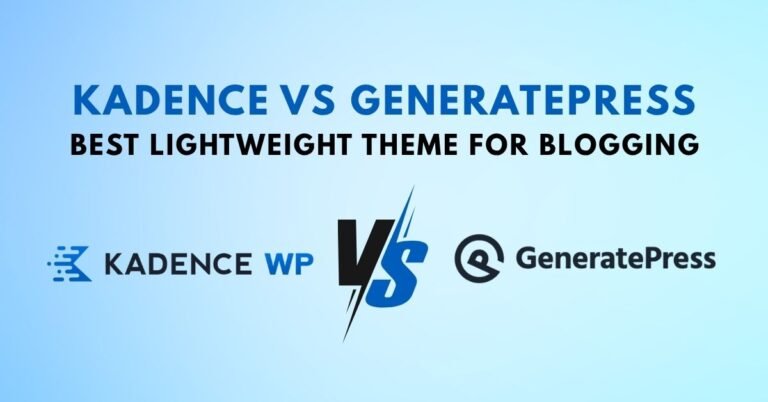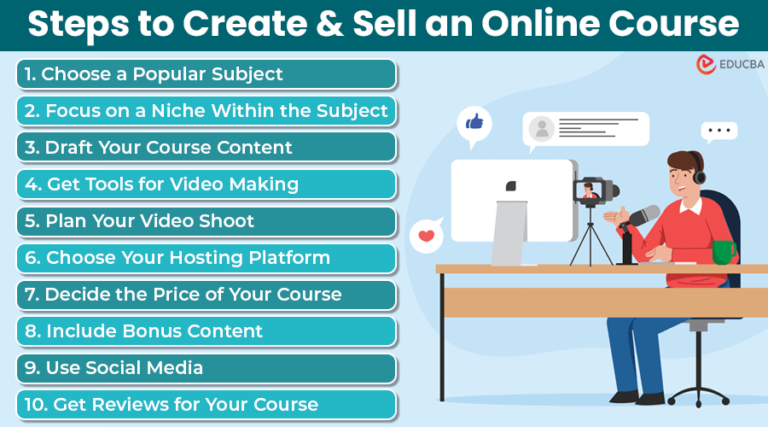Introduction
Have you ever poured your heart into a blog post only to hear crickets?
Writing valuable content is just half the battle — how you structure that content can make or break its success. Whether you’re a beginner blogger or trying to revive an underperforming post, learning the perfect blog post structure—intro, body, and CTA—can help increase reader engagement, time on site, and even conversion rates.
In this guide from Helping Bloggers, you’ll discover:
- Why structure matters more than ever
- How to write intros that hook readers instantly
- The proven formula for a readable, high-retention body
- How to craft powerful CTAs that actually convert
Let’s get started!

Why Blog Post Structure Matters
1. Keeps Readers Engaged
A good structure helps readers flow through your content without getting overwhelmed. Clear headings, bullet points, and a logical layout make your content easier to read and digest.
2. Boosts SEO Rankings
Search engines love well-structured content. Using proper H2 and H3 tags, internal linking, and logical formatting signals to Google that your content is user-friendly, increasing your chances of ranking higher.
3. Increases Conversion Rates
A strategically placed call-to-action (CTA) at the end can turn a casual reader into a subscriber, buyer, or follower.
Pro Tip: Most readers skim blog posts—make yours scannable and actionable.

The Anatomy of a High-Converting Blog Post
Here’s a proven 3-part structure that works for every niche:
1. The Introduction — Hook Them Instantly
The first few lines of your blog post are critical. Your intro should:
- Grab attention with a bold statement, question, or statistic
- Show empathy by addressing the reader’s pain point
- Preview the value they’ll get from the post
Example:
“Tired of publishing blog posts that no one reads? You’re not alone. But there’s a simple fix—nail your blog post structure.”
Checklist for a great introduction:
- ❏ Clear problem statement
- ❏ Emotional hook or curiosity gap
- ❏ Promise of value or solution

2. The Body — Deliver on Your Promise
Once the reader is hooked, the body is where you deliver value.
a. Break it Down with Subheadings (H2 and H3)
Use H2s to divide main topics and H3s for subsections. This helps:
- Readers find what they need faster
- Boosts SEO with relevant keyword clusters
- Enhances readability on mobile
b. Use Bullet Points & Numbered Lists
Make key information pop out using:
- ✅ Lists
- ✅ Tips
- ✅ Steps
c. Add Internal Links
Link to other helpful posts from your blog to:
- Improve SEO
- Reduce bounce rate
- Establish authority
d. Visuals: Make It Digestible
Don’t just write walls of text—add:
- Screenshots
- Infographics
- Embedded videos

3. The CTA — Guide the Reader’s Next Step
A Call-to-Action (CTA) is where you tell the reader what to do next.
Effective CTAs Include:
- Newsletter Signups
- Product Links
- Social Shares
- Comments Section Engagement
CTA Writing Tips:
- Use action-oriented language (e.g., “Download Now”, “Start Here”, “Get Your Free Guide”)
- Make the benefit clear (what’s in it for them?)
- Keep it visible and easy to click
Example CTA:
“Ready to boost your blog writing game? Grab our free Blog Post Checklist and start writing posts that convert.”

Bonus: Blog Post Template You Can Use
Here’s a simple blog post outline you can steal:
diffCopyEditTitle: [Compelling SEO-Optimized Title]
Slug: [SEO-friendly-slug]
Introduction:
- Hook
- Empathy
- Promise
H2: Main Idea 1
- Key Points
- Supporting Visuals
H2: Main Idea 2
- Examples
- Bullet List
H2: Main Idea 3
- Pro Tips
- Step-by-step Instructions
Conclusion:
- Summary
- CTA
Real Examples of High-Converting Blog Structures
1. Neil Patel’s Blog
Intro: Opens with a shocking stat or bold claim
Body: Clear, skimmable sections with graphics
CTA: Multiple opportunities to join mailing list or try a tool
2. Backlinko by Brian Dean
Intro: Focused on solving a problem
Body: Tactical steps, all in list form
CTA: Links to more advanced content or SEO guides
Common Blog Structure Mistakes to Avoid
- ❌ Long, boring intros — Don’t take too long to get to the point
- ❌ Wall of text — Break up content into readable chunks
- ❌ Missing CTAs — Always include a call to action
- ❌ Clickbait titles — Don’t overpromise and underdeliver

Final Thoughts: Structure Isn’t Optional—It’s Essential
Blogging success doesn’t just come from good writing—it comes from smart structure. Whether you’re blogging to educate, entertain, or sell, the intro-body-CTA formula is your blueprint to content that keeps readers hooked and drives real results.
Want to improve every post you write? Start applying these blog structure tips and watch your content go from ignored to irresistible.
FAQ: Blog Post Structure for Beginners
Yes! A CTA helps direct your readers to take action, whether that’s subscribing, downloading, or reading more.
Use 1 H2 per main idea and H3s for subpoints. There’s no fixed number—focus on clarity and flow.
Ready to Write Better Blog Posts?
Start using the intro-body-CTA structure to create high-performing blog content today.






